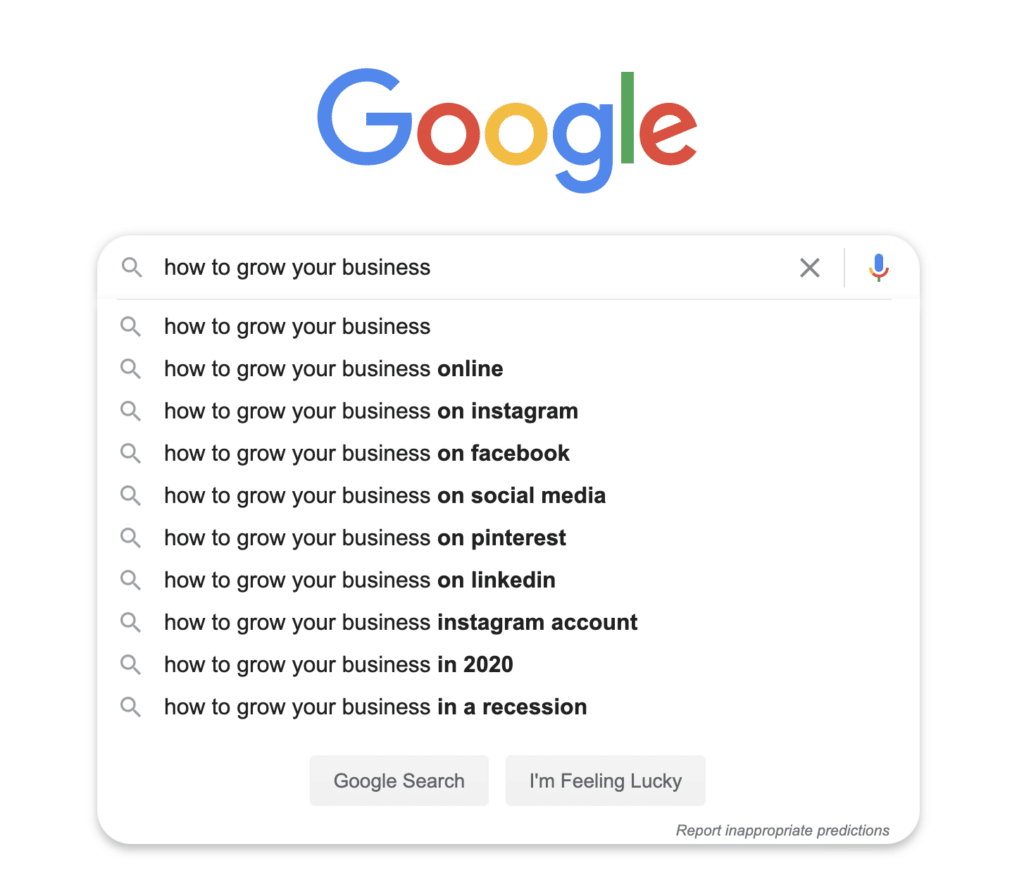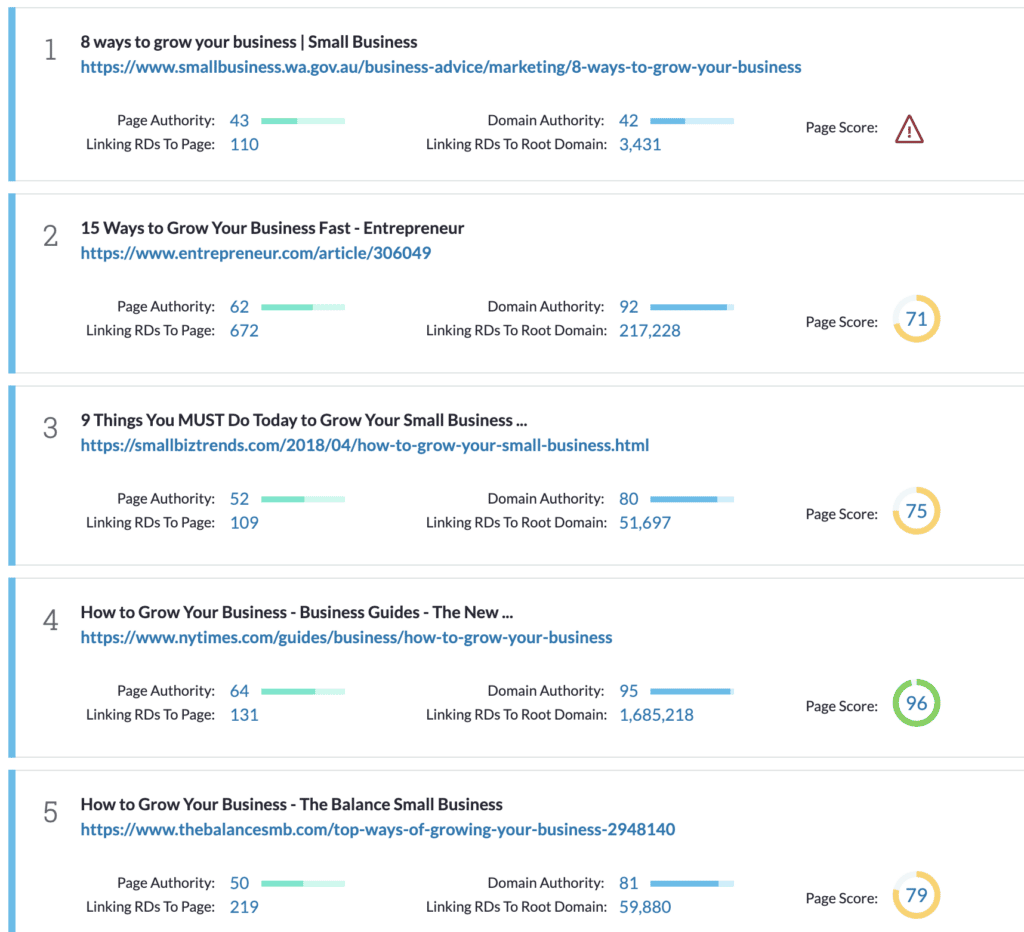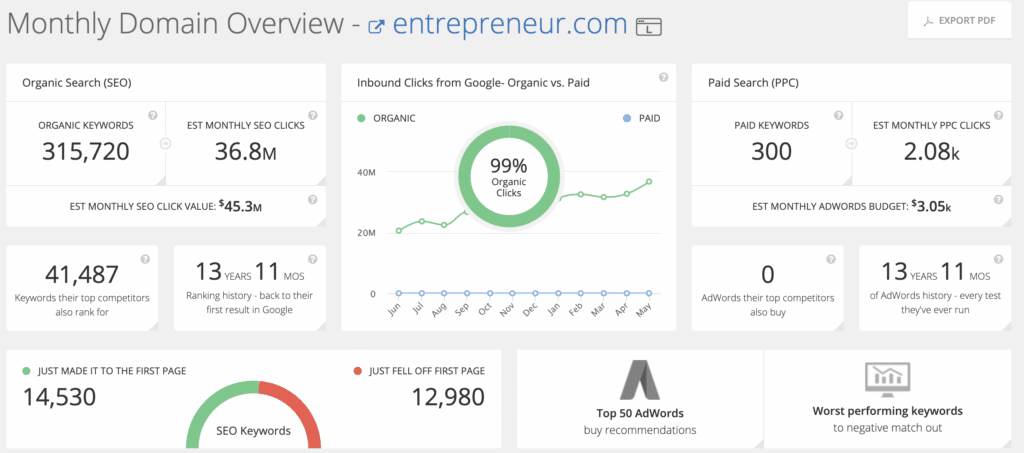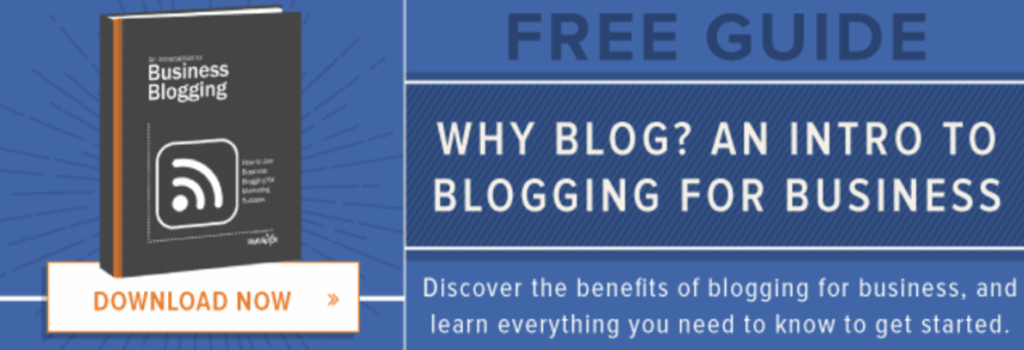You’ve heard it time and time again: content is king. In fact, I believe that running a business without a blog is like fishing without bait. More specifically, investing in the creation of high-quality and engaging content will help differentiate your company from the competition, build awareness, generate leads and ultimately, increase sales.
Further, here are some stats to know before I dive in deeper with five simple ways to generate leads with your blog:
- 92% of companies who blog multiple times per day acquired a customer.
- Businesses that blog get 126% more lead growth.
- Blogging 16-20 times a month has earned businesses twice as much traffic—more than those businesses that blog 4 times a month or less.
With these stats in mind, it’s clear to see that blogging can have a positive and lasting impact on your business as a whole. You can position it to build awareness, increase leads and sales, and create a community of loyal customers who will advocate for you.
Let’s dive in…
1) Be Intentional with Your Blogging Topics
Take the guesswork out of your blogging efforts by making sure that you leverage SEO tactics to drive traffic, leads, and conversions. In other words, start by doing some research on topics that are trending in your industry, what your target customers are talking about, and figuring out how you can be a part of that conversation through your blog.
Here are some quick steps to consider:
Look at what’s being searched for via Google Search.
This will help you understand what people are looking for.

Do a SERP analysis using a tool like Moz.
This will show you what’s currently ranking for the topics you may be interested in writing about.

Use SpyFu to see what competitors are ranking for.
This will give you a sense of what keywords your competitors are ranking for organically and through paid search.

Having a greater sense of what’s being talked about in your space will only help you build out your blogging calendar, keep you in the loop with what’s being talked about within your niche, and help you position yourself as a trusted expert.
2) Have a Subscription Form
Give your blog traffic an easy way to stay connected with you by subscribing to your blog. As you build up your subscriber list, you’ll be able to segment readers based on topics they are most interested in and you can then leverage email as a way to provide more valuable content.
Here are some email stats to be aware of as it’ll be a complementary channel to your blogging efforts:
- Segmented and targeted emails generate 58% of all revenue.
- The open rate for emails with personalized messages was 17.6%, compared to 11.4% without personalization.
- The ability to segment email lists and individualize email campaign messaging are the most effective personalization tactics for 51% of marketing influencers.
Know that the more value you’re able to provide through the content on your blog, the higher of a chance you’ll have at turning subscribers into customers. This should be top of mind especially when it comes to aligning your blogging efforts with overall business objectives.
3) Offer Different CTAs within Each Blog Post
The key to successfully aligning your blogging efforts with sales is to provide helpful content that covers topics your target customers need help with. Doing so builds trust and will add to the bottom line as time continues.
From there, make sure you are pushing to get subscribers and to cross-promote other content pieces you are publishing (e.g. guides, checklists, datasheets, webinars, etc.).
Check out this example on HubSpot’s blog as they promote the following eBook within a blog post along with ease of becoming a subscriber:

4) Mix Up Your Blogging Formats
Revive older content pieces by doing the following:
- Turning blog posts into infographics
- Gathering similar blog posts and turn them into a nicely designed eBook
- Extrapolate a white paper into multiple blog posts
- Take your webinar slides and put them up on SlideShare
- Distribute the same piece of content anywhere between 5-7 times by quoting different assertions and tips
As you can see, the ideas of how you can and should creatively repurpose your content assets are vast. If you’re not sure exactly where to start, then take a look at your analytics and see which content piece has high popularity (e.g. traffic, shares, comments, engagement, etc.) – from there, take that content piece and turn it into another asset that helps expand its lifecycle.
Other ways to repurpose your content is to share them on sites like LinkedIn’s Pulse, Tumblr and Medium. Make sure you direct traffic back to the original post on your website so readers can easily visit your site without having to search around for it.
5) Distribute Your Content Like a Boss
The key to succeeding with content distribution is to be consistent and tie your efforts with tangible KPIs (key performance indicators). Whether you want to increase brand awareness or generate leads or both, know that going the organic or paid route with distributing your content will take time.
Implementing tactics and strategies such as guest blogging, building relationships with journalists and co-marketing partnerships are all great ways to gain more exposure with your brand, while also distributing high-quality content. Here are a few quick tips to help:
- BuzzStream is one of my favorite tools to use when it comes to researching influencers and doing outreach. For instance, you can upload a list of URLs and this tool will then find contact information, website stats and social metrics for you.
- HARO (Help a Reporter Out) is a great way to work directly with journalists especially because you get emailed daily requests from reporters/journalists of specific content that they need. You can then pitch them if their requests align with your field of work.
- Leverage social networks your target influencers are most active on. I’m a huge fan of LinkedIn as you can easily send out direct inMails and also connect with like-minded individuals. Doing so allows you to build meaningful relationships and look at different ways you can run co-partnered marketing programs (e.g. webinars, contests, challenges, courses, events, etc.).
- Triberr provides a place where bloggers and influencers come together to read and share great content. You can also create an influencer campaign directly within Triberr for free.





